Jade16
TPF Noob!
- Joined
- Sep 23, 2015
- Messages
- 46
- Reaction score
- 1
- Can others edit my Photos
- Photos NOT OK to edit
If you had to choose one, which one would you choose?I finally made the switch to manual mode but am sometimes having trouble keeping the meter perfectly in the middle. Which way should I allow it to go? Over or Under expose? Which is safer?


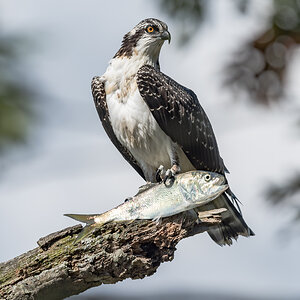

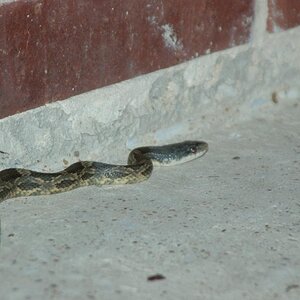
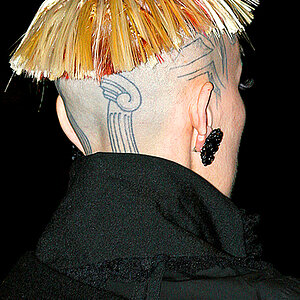
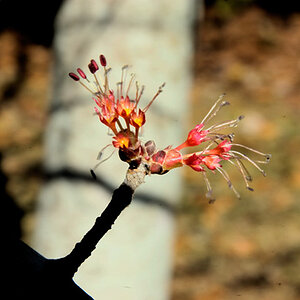
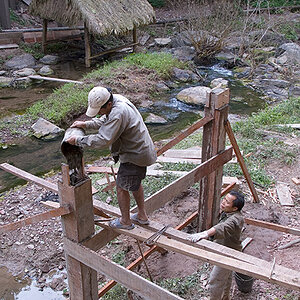
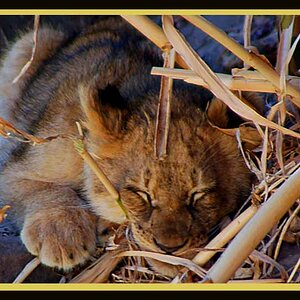
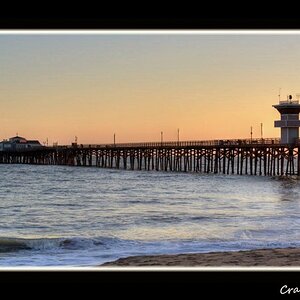
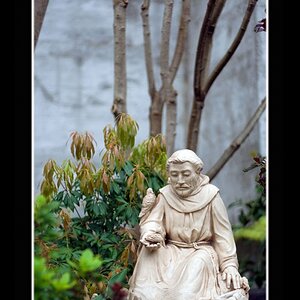
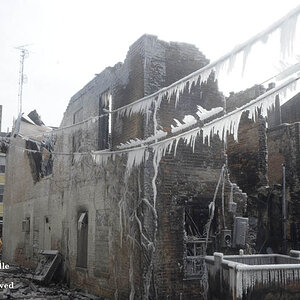
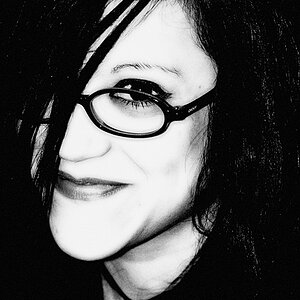
![[No title]](/data/xfmg/thumbnail/34/34140-74799834a513b0cbf28dfda9aeae291b.jpg?1619736312)